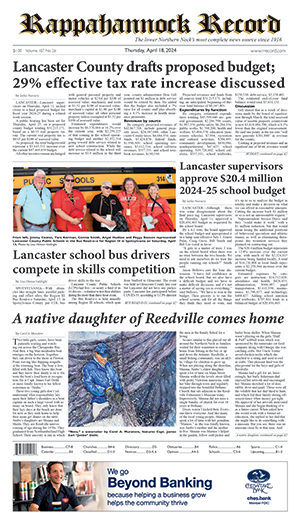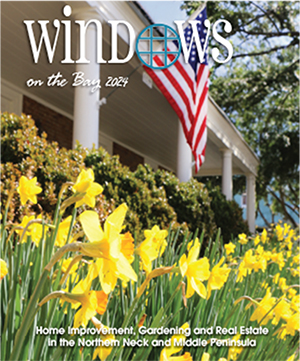by Henry Lane Hull
Every four years at this time my thoughts revolve around the significance of a leap year. The event began in the 16th century with the promulgation of the new calendar by Pope Gregory XIII, and it reflects the changing dynamics emerging at the end of the Renaissance. Whereas popes for the preceding three centuries had been more concerned with patronizing the arts, by the end of the 1500s the growing importance of science had begun to inspire a new era.
Pope Gregory had been born to a great Italian Renaissance family. In his youth as Ugo Boncompagni he had followed a dissolute life, but he underwent a religious conversion that ultimately led to his being elected pope in 1572. Advised by papal astronomers to be concerned about the imprecision of the Julian calendar that had been the basic method of calculating time throughout the Roman world since its promulgation by Julius Caesar in 46 B.C., he was determined to make revisions to accommodate the new and more accurate calculations.
His advisors were concerned that the calendar made difficult the spring celebration of Easter due to the imprecision of its calculations. The problem came to be resolved in 1582 when Pope Gregory promulgated the new calendar, which to this day bears his name, the Gregorian. To overcome the problems with the Julian calendar, the new one changed the method of calculating time, thereby necessitating the elimination of 10 days.
Consequently, October 4, 1582, was followed not by the fifth, but by the 15th. The new calendar was based on a 400-year cycle requiring an extra day every four years. The new system also leads to the seemingly rhetorical question, “How many leap years occur in every 400 years?” The presumed answer is 100, but that is not accurate. The correct answer is 97, for the new calendar prescribed that in years ending in double zero, only those evenly divisible by 400 would be leap years.
The first such leap year was in 1600, the second in 2000, thus 1700, 1800 and 1900 were not leap years. The next one will be in 2400. Initially, the new calendar was adopted by the Catholic countries, but not by the Protestant or Orthodox nations, which remained on the Julian calendar.
In giving dates, the initials following the numerical designation indicate whether the date is Julian or Gregorian, thus October 25, 1917 (o.s.) stands for Old Style, or Julian. I use that date as an example as it was the beginning of the Bolshevik takeover in the Russian Empire. By Gregorian standards the date was November 7, 1917 (n.s.), indicating New Style, or Gregorian.
During the Soviet period of Russian history, the Bolshevik seizure of power was called the October Revolution, although it happened in November. The Tom Clancy novel and 1990 movie, “The Hunt for Red October,” refers to the name of a Soviet submarine that in turn had taken its name from the Revolution. The Russian Empire never adopted the Gregorian calendar, which ironically the atheistic Soviets later did.
Here in America, George Washington always celebrated his birthday as February 11, 1732, (o.s.) and never recognized February 22, although by the time he was an adult the colony of Virginia had switched to the Gregorian calendar.
Although Orthodox countries have accepted the new calendar, the Orthodox church has not, thus the different dates for Easter between the western and eastern churches. Many legends and tales have come about reflecting the romantic significance of leap years. I always discounted them as sheer fantasy, that is until I met my Good Wife in a leap year. Now I say that the legends are factual.
In the 20th and 21st centuries the differential between the two calendars is 13 days, thus today is February 14, 2020 (o.s.). As a word of caution to readers, April 15, 2020 (n.s.) will be April 2, 2020 (o.s.), but I advise against using the date calculation as an excuse for being late with the payment of taxes. The IRS definitely operates on the Gregorian calendar.
Happy Leap Year!












